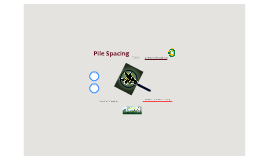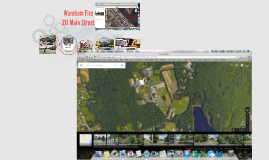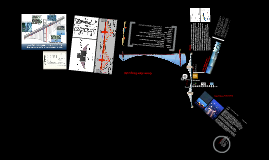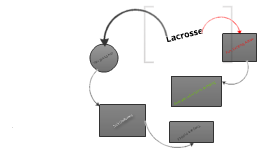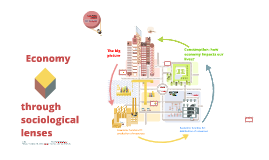Templates Building
Transcript: Economics is the social science that analyzes the production, distribution, and consumption of goods and services. Economy is just one of a number of forces affecting the society, our behavior and our lives. It is, however, one of the most important of those forces. (10) PENYAKIT TERBANYAK For example, sociologists would like to understand why some societies value environment more than economy, and vice versa. Microsociologists study economic institutions just like they study all other institutions in society. For example, microsociologist would try to understand how corporate culture shapes companies. Hofstede's cultural dimensions theory would classify corporate culture along five different axis, such as "power distance" - how much inequality in power do members of an organization accept as normal. Can you question an order from a superior? Macrosociologists study how different economies arrive at different solutions to the common human problem or providing for members of society. They compare pre-industrial economies, industrial economies and post-industrial economies Macrosociologists also study the operation of the world-economy as a whole. Many macrosociologists focus on understanding the overall structure of the world economy. A major theory of world economy from the sociological perspective is the WORLD SYSTEM THEORY. WORLD-SYSTEM refers to the inter-regional and transnational DIVISION OF LABOUR, which divides the world into core countries, semi-periphery countries and the periphery countries. Core countries focus on higher skill, capital-intensive production, and the rest of the world focuses on low-skill, labor-intensive production and extraction of raw materials. This constantly reinforces the dominance of the core countries. Core countries economy is capital-intensive, high-wage, high-tech, and is based upon exploitation of periphery economies for low-cost labor and resources. Semi-periphery countries are transitioning from periphery to core and have qualities of both. Periphery economies are labor-intensive, low-wage, low-tech, and focus on labor exploitation and coercion. Nonetheless, the system is dynamic, in part as a result of revolutions in transport technology, and individual states can gain or lose the core (semi-periphery, periphery) status over time. For a time, some countries become the world hegemon; throughout last few centuries during which time the world system has extended geographically and intensified economically, this status has passed from the Netherlands, to the United Kingdom and most recently, to the United States. The major economic factors of production are capital, labor, technology and entrepreneurship. Macrosociologists and economic sociologists also study how the global economy changes over time. For example, they want to understand the history of GLOBALIZATION. Of course there are many definitions of globalization. Turner (2006:379) defines it as "process whereby most nations of the world are connected by communication and transportation technologies and market relations." We talk about increasing globalization, but throughout history there have been periods when globalization have been reversed. What may cause reduction in globalization (trade and contacts between different countries)? World Wars Another example considers archaic globalization - the big economy crisis of the 14th century, when the Black Death devastated most countries of Euroasia and caused a massive and long term reduction of the nascent international trade. Could globalization collapse again? Wars are unlikely, but how about a new plague? Broad economic history Agricultural revolution (or Neolithic Revolution) occurred roughly 12,000-3,000 years ago and saw the rise of agricultural economies which begun steadily replacing the hunter-gatherer societies. HUNTER/GATHERER SOCIETIES had only rudimentary levels of capital goods, such as grinding stones and arrow heads. AGRICULTURAL SOCIETIES represented the first significant accumulations of capital in human history. People owned land, houses, equipment, tools. Those societies first applied capital intensively to the production of food in surplus quantities. Some scholars also distinguish the horticultural societies as an intermediate step between hunter-gatherers and agricultural societies. Horticultural societies had no knowledge of plow or domestication of animals. Discovery of those technologies marks the difference between horticultural and agricultural societies. Agricultural societies were much more complex than hunter-gather, and growing complexity led to major changes in our society (Durkheim). Differences in capital intensity also led to differences in SOCIAL STRATIFICATION systems. Hunter/gatherer societies had LOW levels of income and wealth stratification. Most stratification was WITHIN the household. Stratification was based primarily on gender and age. Horticultural and agricultural societies had HIGH levels of income and wealth






